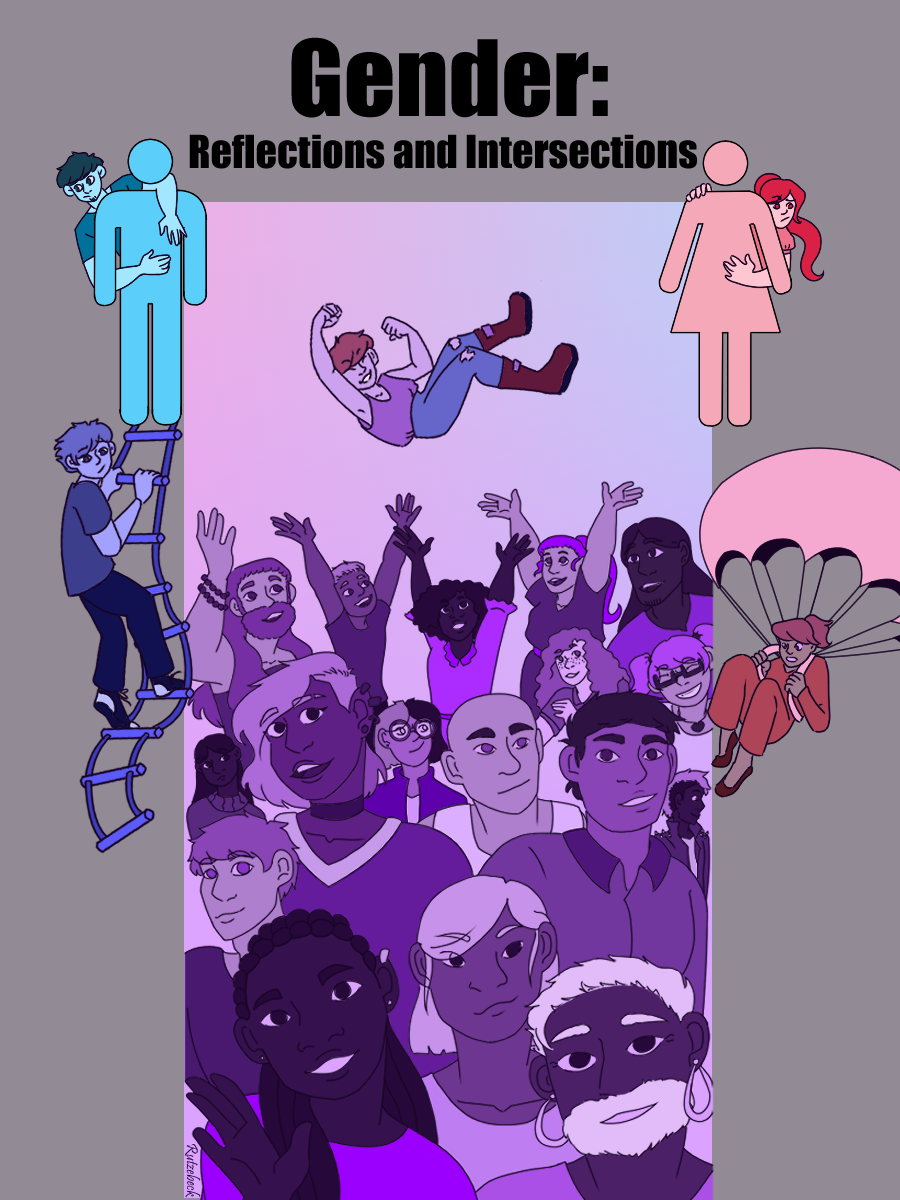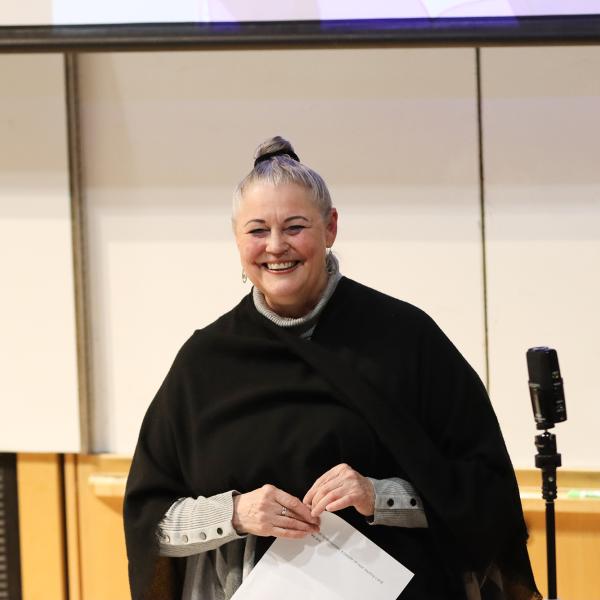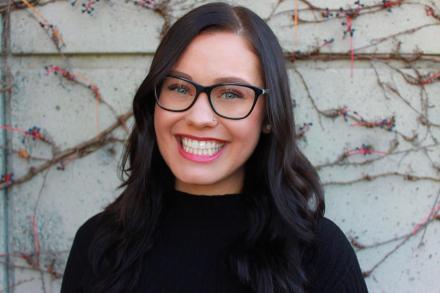Sociology class publishes book together
For the first time at VIU, a sociology class has written and published a book together.
The students examined gender in their book Gender: Reflections and Intersections – a collaborative project for their Sociology 322 class. The 31 students each contributed two pieces: an academic article and one free-choice contribution that could be creative, such as:
- art
- photography
- poetry or
- personal reflections on the subject.
Dr. Vicki Nygaard, who teaches the course, says a sociology class has never written a book as a project before. The process allowed for a unique learning experience for the students.
“I am committed to experiential learning. I feel like this book was such a powerful way to learn, experience and work collaboratively,” says Vicki. “This allowed us to build a community in the classroom and work on collaborative, creative projects together. It also allowed people to excel in their own areas of interest.”
The book was published through BCcampus with the help of VIU’s Anwen Burk, a Curriculum, Teaching and Learning Specialist with the Centre for Innovation and Excellence in Learning. The book is available to read online at the BCcampus website.
During a launch event in December, 12 students spoke about the process of creating the book and shared excerpts from their pieces. Here are two of those reflections:
Creating the cover – Eva Rutzebeck (she/they)

Eva used Clip Studio Paint to create the image and says it took about 15 hours over the course of a few days to complete.
“I wanted to make a piece that represented the spectrum of gender and gender presentation as well as the context of the book and the feelings someone might be having when they learn about gender as a more complex and nuanced topic,” says Eva. “I wanted to illustrate a diverse group of people in terms of gender and race, which was a little challenging given the colour choices I made, but I hope that I did a good job.”
Eva selected the colours based on the trans and non-binary pride flags and selected pink, blue and purple as the base colours. They used different shades of these base colours in the image, which Eva says was intentional and an homage to the fact that the book is about gender. They wanted to use colours people choose to represent themselves with.
“Purple was specifically chosen as a centrepiece colour because it can represent the spectrum inside and outside of the binary,” says Eva. “It’s not just pink and blue. We have many other shades inside and outside those two binary options, which I think is part of what this book is going to teach people about gender, its complexities and the varied spectrum of experiences with interconnecting different issues.”
Gender identity and expression in early childhood education settings – TK Hannah (they/he)
TK’s academic contribution focuses on gender identity and expression in the field of early childhood education. TK says the gender-expansive practice is a new and growing area of study. TK says the practice features gender-affirming practices which try to prevent discrimination from happening rather than just intervening when discrimination occurs.
Since the introduction of gender identity and gender expression in the human rights code, TK says early childhood organizations have been “grappling” with their legal duty to provide safe spaces for children of diverse gender identities and gender expressions. He outlines common approaches educators use to create safe spaces for children with different gender identities and expressions, which they break down into three categories – red light, green light and yellow light.
Red light practices maintain cisnormativity. TK’s example of this is an educator redirecting a boy wearing a dress, telling him to wear a skirt instead, so his gender expression fits inside masculinity norms because “men in Scotland wear kilts.”
TK says some common approaches are yellow light, which might seem good but are troubled.
“Many children’s books that feature gender-expansive children have victim narratives that portray trans kids as prone to bullying and suicide. They are portrayed as isolated or cut off from loved ones,” says TK. “They don’t show the whole picture. This leads to transgender kids having their stories and their realities portrayed in an inferior light.”
Green light are best practices that recognize things such as children’s gender agency.
“Gender agency means that children can tell us as adults what they understand their gender to be as well as not assuming that they are transgender, cisgender. It is just allowing them to follow where they want to go,” says TK.
Aidan Brot
Destiny Davidson
Hayes Evans
Samantha Furneaux
Gallant, Sydney
Angela Goerz
Marshall Hagel
TK Hannah
Eden Hatch
Inara Hirani
Stori Jensen-Granger
Jared Keim
Caitlin Kellendonk
Maven Laberge
Emma Lachman
Rayel MacLean
Breeanna McCallum-Miller
Madeline McIntyre
Heather Nalezyty
Katie Near
Zoe Paine
Eli Parker
Thomas Roden
Eva Rutzebeck
David Schneider
Tara-Fay Sedar
Meagan Sharpe
Kendall Smith
Jenna Sportak
Maya Stinert
Jessica Underwood

Gender: Reflections and Intersections, book cover
Illustration by Eva Rutzebeck.
Related Posts
Got an article idea for the blog? Email students@viu.ca.







